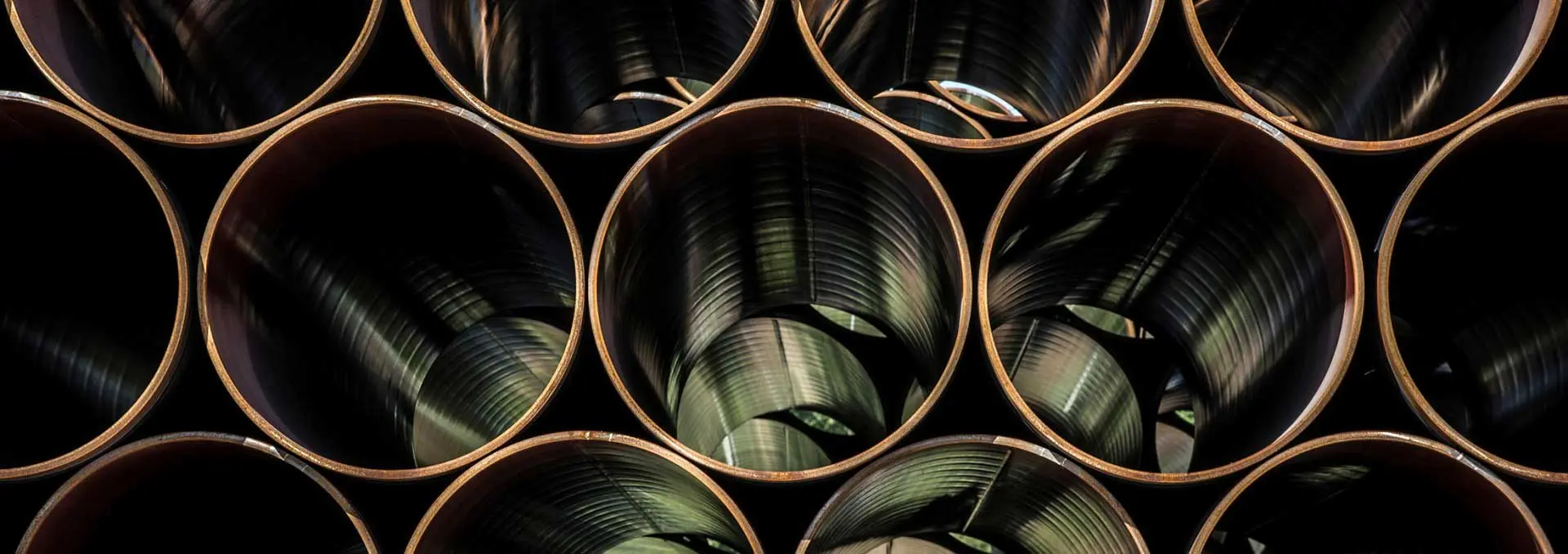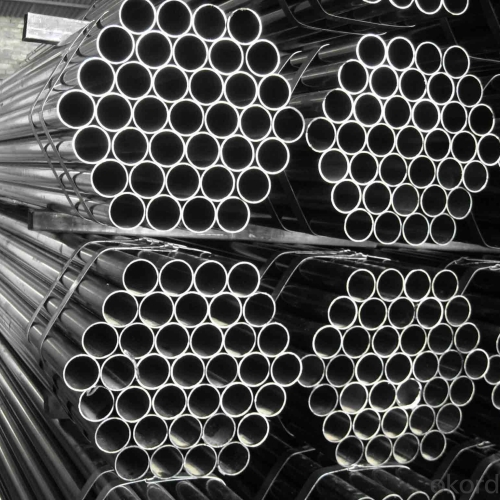- ASTM A53 Grade B Pipes for Oil & Gas
ASTM A53 Grade B pipes are applied in a range of applications, including commodities processing, marine applications, and oil and gas transportation of gas and liquid. Our clients typically require anti-corrosive coating for pipes used to carry oil, gasoline, and propane, and we are pleased to supply.
ASTM A53 Grade B pipes, which are normally built of carbon steel or low alloy steel, are less economical to manufacture than tubing in most circumstances. In order to estimate how much product can flow through the pipe, the internal diameter of the pipe is the most critical measurement. Pressure rating, yield strength, and ductility are all key features to consider.
- ASTM A53 Grade B Pipes for Structural Steel
ASTM A53 Grade B pipe is available in a wide range of diameters and grades, allowing it to be used in a wide number of structural applications and for a wide variety of structural functions. Columns, bollards, sign poles, structural supports, and piling are just a few of the often used uses for the structural pipe.
- ASTM A53 Grade B Pipes for Metallic Conduit
ASTM A53 Grade B metallic conduit pipes are robust steel containers used to convey individual electrical wiring conductors across a building or structure while protecting them from collision, moisture, and chemical vapors. Electrical metallic tube (EMT) is another term for conduit pipes and electrical metallic tubing (EMT).
Conduit pipes are classified according to their wall thickness, the mechanical stiffness of their joints, and the material used. Conduit pipes are formed of galvanized steel tubes with a suitable wall thickness to allow for threading. Galvanized rigid conduit pipes (GRC) are a type of threaded rigid conduit. IMC is a lighter-weight, thinner form of rigid metal conduit (RMC).
To eliminate zinc accumulation on the interior of the tubes, the ASTM A53 Grade B tubes are hot-dipped galvanized, and then blown dry. A clear lacquer is sprayed to the outside to ensure long shelf life. The conduit’s exceptional ductility enables straightforward bending, threading, and cutting operations.
- ASTM A53 Grade B Pipes for Conveyor Roller
Conveyor roller pipes manufactured to ASTM A53 Grade B specifications can be machined and turned into conveyor rollers. Conveyor roller pipes are conveyor belt components that are used to carry goods or loose bulk materials such as coal, sand, or iron ore. Conveyor roller pipes are a critical component of this system, as they enable transportation.
The conveyor belt transports the goods as it loops around the pulleys and roller pipes. The conveyor pulleys are responsible for driving the belt, maintaining tension on it, and guiding it in the desired direction. More information regarding the purpose and operation of conveyor pulleys may be found in our blog post on the subject. Conveyor roller pipes are responsible for transporting the conveyor belt from one drum to another. They are just used to provide support for the belt.

 English
English Español
Español




 Tel : +86-18565811709
Tel : +86-18565811709 Email :
Email : 







